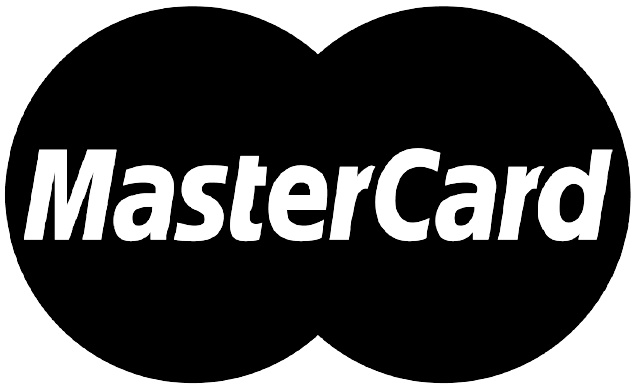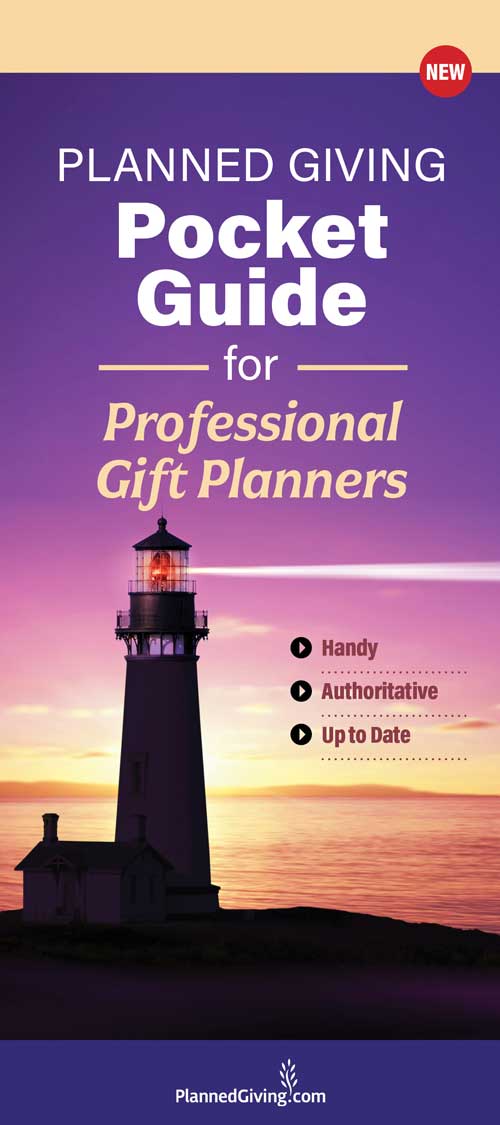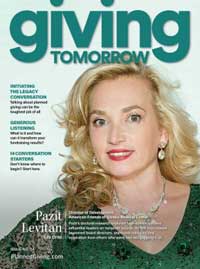Individual giving is the backbone of all non-profit fundraising… and major donors are the backbone of individual giving. The world’s best fundraising programs rely on a strong major gifts program to fund their work. In this article, I’m going to show you how to build a
major donor strategy for your organization that raises the money your non-profit needs to thrive.
In order to be successful, your major gifts program will need to be focused on individual donor cultivation. Major donors require personal contact, multiple yearly touchpoints, and a strong sense of relationship with the organizations they support. For that reason, your major donor strategy should be built around the four phases of the major donor lifecycle:
Phase #1:
Prospecting
The first phase of your major donor strategy is prospecting. This is the process of finding and engaging new major donors for your organization. Most non-profits fail to systemize this phase. They assume that they’ll come across major donors here and there, but never put a plan in place to systematically bring in new major prospects. This is a huge mistake.
Be deliberate about your major donor prospecting. The best places to find new major donors for your organization are:
- Inside your own database, by upgrading your current mid-level donors to major donor status
- Through referrals from your board members and other current donors
- By holding non-ask / introductory events and persuading your board and donors to come and to invite their friends to do the same
Start your major donor strategy on the right foot by building a steady and well-planned pipeline of new major givers for your organization.
Phase #2:
Cultivation
The second phase of your
major donor strategy is cultivation. This is the process of communicating with and building a relationship with your new major donor prospects, prior to making an ask.
There are lots of different ways to cultivate your major prospects. These include personal cultivation methods, such as visits, virtual meetings, and phone calls, as well as mass communication methods such as your e-mail and snail mail newsletters and annual report.
Because these are major donors, at least some of your cultivation tactics should be more personal. Most major donors appreciate (and even expect) to receive phone calls and visits. That being said, be sure that your major donor strategy isn’t trying to do too much in this phase. Choose 3 or 4 different ways to cultivate your major givers… don’t try to do it all!
Phase #3:
Asking
The third phase of your major donor strategy is asking. This is where all of your hard work pays off. In this phase, you’ll ask your major donor prospects to make a gift to your organization. This ask can be done via
snail mail or e-mail, but for most major donors, the ask should be done in-person, over the phone, or as part of a video meeting.
If you want your donor to say “yes!” you need to make sure that you’re asking the donor the right way. If the donor has indicated an interest in a particular program at your organization, consider inviting the donor to invest in that area of your work.
Also, be sure that when making an ask, you phrase the ask as a question such as, “Would you be willing to make a $25,000 gift to support our new athletic center?” This is much more effective than making a wishy-washy ask such as, “I really hope you’ll consider supporting our new athletic center! Let me know what you decide.”
Phase #4:
Stewardship
The fourth and final phase of your
major donor strategy is stewardship. Stewardship is everything you do to
thank, recognize, and continue to cultivate your donor after they have said, “yes!” and made a gift to your organization. Stewardship is a lot like cultivation, and they have the same ultimate goal: to deepen the relationship you have with the donor.
Like cultivation, there are lots of different ways to steward your donor, including recognizing them on your website, at an event, or in your annual report, sending e-mail and snail mail newsletters, conducting
donor visits and phone calls, etc. The same caution applies: if you want to build a successful major donor strategy, don’t try to do everything at once. Pick 3 or 4 different ways to steward your donors this year and resist the urge to add anything else.
Building the Right Major Donor Strategy for Your Organization
The right
major donor strategy for your non-profit is one that honors the bandwidth of your organization. Your non-profit has a limited amount of time, money, and energy to put into fundraising. Major gifts can and should provide a significant stream of revenue to your development program, so you can safely invest a significant amount of your fundraising time into major donor fundraising. But remember – if you try to do too much, your team will burnout and your major donor strategy will not succeed. This is why
developing nonprofit leadership skills at the Academy are critical in your career.
Your best bet is to create a fundraising plan that incorporates the four major donor fundraising phases above. As you implement the plan, be open to discarding what doesn’t work and adding new things. You’ll
know you’re successful by the lifelong donor relationships you build and the money you raise to support your work.







Story telling is now story selling.